-
Nadar II: Journal pour rire 1848-51
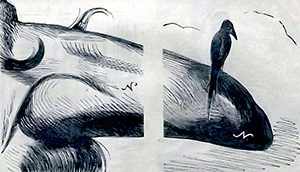
After Nadar had to cease his own magazine Revue Comique due to new censorship laws under the presidency of Louis Napoléon, he continued to work for Charles Philipon. In his quarterly pictorial review series for Philipon’s newly founded Journal pour rire, he also commented on the increasing severeness of police measures, which only shortly afterwards ended in […]
-
Escapes. William Hogarth and the Consequences II: Sign painting
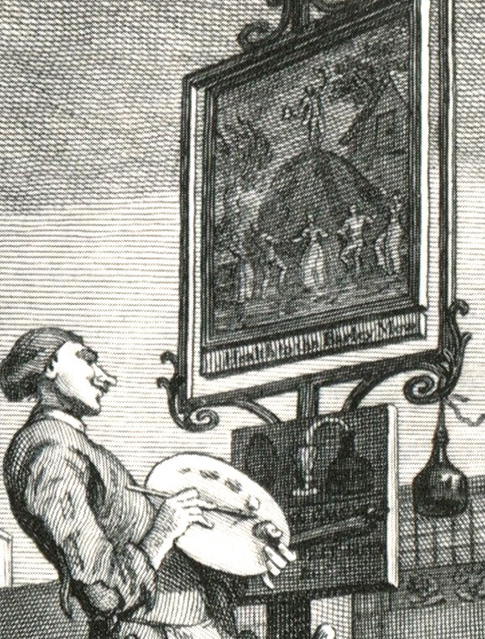
2. Schildermalerei Der hervorragendste Interpret dieser demokratischen Emblematik war der Herausgeber von Ainsworths Jack Sheppard–Roman, der ausgebildete Parlamentsstenograph und Gerichtsreporter Charles Dickens.[29] Dickens hatte eine ähnliche Sozialisation wie Hogarth erfahren, mit einem Vater, der als Schuldner inhaftiert war, dem entsprechenden sozialen Abstieg und der Notwendigkeit, früh zum Unterhalt der Familie beizutragen. Die große Schnittmenge zwischen […]
-
Nadar I: Revue Comique 1848 -1849
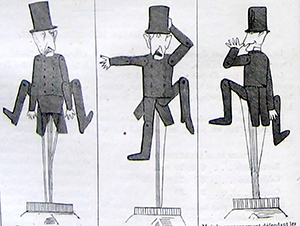
Before he became famous as a society photographer, a ballonist and a patron of the Impressionists, Gaspard-Félix Tournachon was known under his penname Nadar as one of the most inventive French cartoonists of the era. In the revolutionary year 1848 the republican activist started to work for the caricature journal “Le Charivari” of his friend […]
-
Doré´s works for “Journal pour Rire” (1847-51) – II

Thirteen years before his coeval successor Wilhelm Busch began his career at the Munich “Fliegende Blätter”, young Gustave Doré had already established a mature and distinct Comic imagery in Charles Philipon´s groundbreaking “Journal pour Rire”. Doré´s Art of Comic was a livley blend of various influences: The loose improvised “romans en images” of Rodolphe Töpffer […]
-
Doré´s Works for “Journal pour Rire” (1847-51) – I

In 1847, the pioneering publisher Charles Philipon launched a new graphic periodical. The success of his “Journal pour Rire”, which can be regarded as the world´s first Comic magazine, was based not least on the graphical inventiveness of the sixteen-year-old exceptional talent Gustave Doré. In the large folio pages “Doré proved himself master of three […]
-
Robert Crumb´s tribute to his martyred comrads (Dangerous Drawings)
“ Liberation called me and said, `Crumb, can you do a cartoon for us? About what you think about this, you know, you are a major cartoonist, and you live in France.´ So I thought about it. I spent a lot of time thinking about it. I’m doing the dishes, or whatever, I was thinking, […]
-
“This struggle will not be won by arms” – A legacy of Charlie Hebdo (Dangerous Drawings)
In February 2006 “Charlie Hebdo” was among the few papers, which avowed “Je suis Jyllands-Posten” and courageously decided to reprint the excommunicated Muhammad cartoons of the Danish journal. A month later the cartoon magazine published the much disputed manifest of twelve noted writers against Islamism, among them Salman Rushdie and Philippe Val, the former chief […]
-
The Charlie Hebdo Massacre: 12 dead at Paris offices of the legendary satirical magazine (Dangerous Drawings)
The caricaturists Stéphane Charbonnie aka Charb, Jean Cabut aka Cabu, Georges Wolinski and Bernard Verlhac aka Tignous are among those numberless victims of a rising Islamic totalitarism. The new theocratic fascism has struck the culture of enlightenment at its traditional artistic core. Chief editor Charb after the petrol bomb attack on November 2011 Georges Wolinski […]
-
The rehabilitation. Gustave Doré in Paris, Strasbourg and in Ottawa.
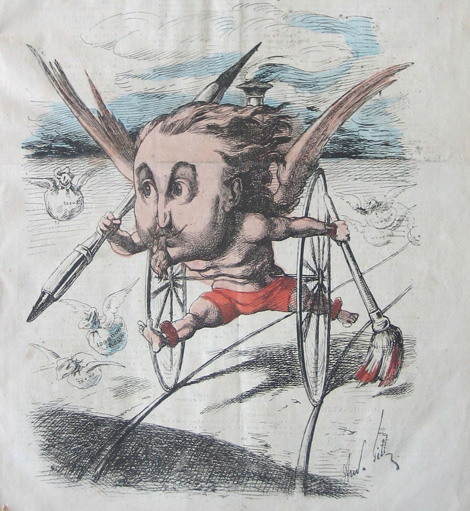
The profession of illustration and the disrepute it got into are both a product of 19th century industrialized journalism. The business´ high altitude flight as well as it´s crash are manifest in the work of one single person, the Alsatian graphic artist, painter and sculptor Gustave Doré (1832-1883). Along with Gustave Courbet he was the […]
-
Graphic Journalism and the Avant-garde – The ROSTA Windows of the Bolshevik Art Army.
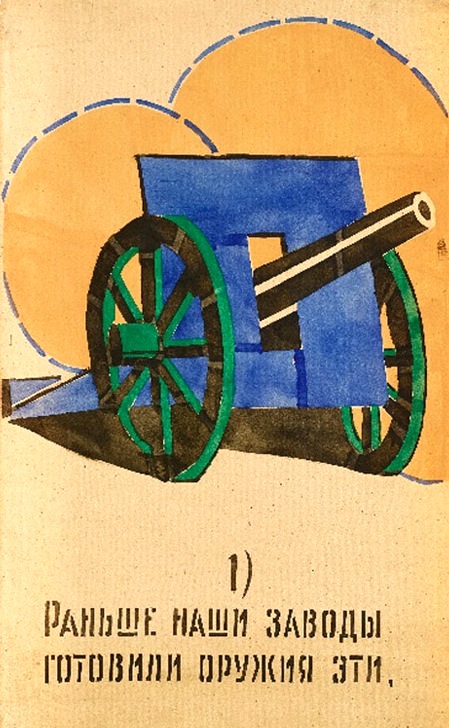
In a situation in which museums, put under pressure by the market, are increasingly withdrawing from their core business of basic historical research on the state of present-day art, it can happen that precisely in this regard they are overtaken by extraordinary initiatives of the market itself, by galleries, for instance, which are now taking […]